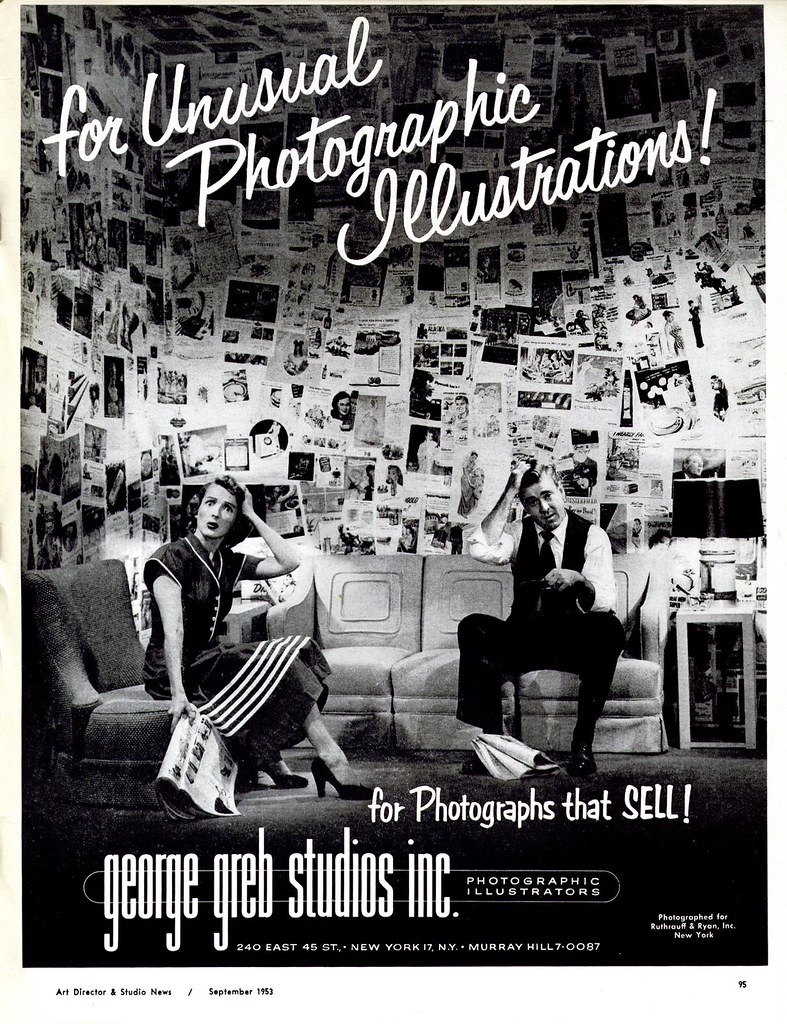
 "New technological advances were making photography an increasingly attractive alternative to illustration. As James Bama, a... Cooper veteran...remembers: 'In 1953, Tri-X film came out. This was fast film, with a 400 rating. All of a sudden the camera could do what the illustrator could do - shoot in darker conditions or shoot faster. They could submit 20 photographs for the one sketch an illustrator could do in the same time. Photography really clobbered a lot of illustrators.'
"New technological advances were making photography an increasingly attractive alternative to illustration. As James Bama, a... Cooper veteran...remembers: 'In 1953, Tri-X film came out. This was fast film, with a 400 rating. All of a sudden the camera could do what the illustrator could do - shoot in darker conditions or shoot faster. They could submit 20 photographs for the one sketch an illustrator could do in the same time. Photography really clobbered a lot of illustrators.'
At the same time, the impact of television on American culture was just beginning to be felt. Advertising dollars were being steered away from print media like magazines, and into broadcasting. As Walt Reed puts it, 'Managers couldn't afford to run full page ads in magazines and pay the huge television fees. Naturally the went where they got the most for their buck... that's what killed the magazines. Publishers were losing money on every issue they sold. They couldn't last very long doing that.'

Charles Cooper's son, Peter, remembers his his time there as a salesman: 'Advertising had changed tremendously, because of television. I'd say, 'Dad, you've got to do something here. We're getting killed.' He'd say, 'No, just go out and sell some more illustration.' Well, nobody was buying illustrations.'"
*You can read the entire article by author Neil Shapiro in the 16th issue of Illustration magazine.
No comments:
Post a Comment